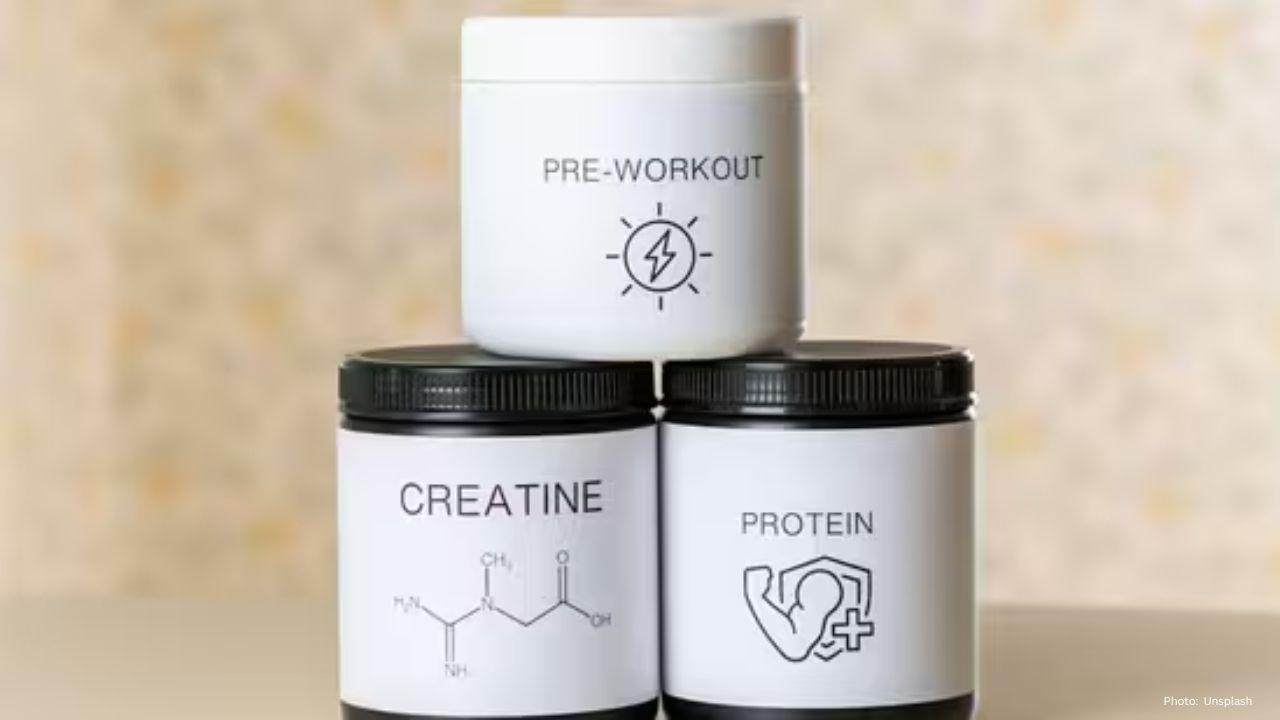
Join 10k+ people to get notified about new posts, news and tips.
Do not worry we don't spam!

Post by : Samjeet Ariff
Disclaimer: This article is for informational and educational purposes only and does not constitute financial, tax, or legal advice. For an accurate valuation tailored to your situation, consult a certified accountant, business valuator, or financial adviser.
Understanding your business’s net worth is one of the single most important financial tasks you can do. It tells you how much equity the business actually holds, helps you make decisions about selling, borrowing, or investing, and is essential for tax planning and exit strategies. This guide walks you through simple accounting net worth, then shows how professionals adjust and value a business for a truer market-oriented net worth.
Business Net Worth = Total Assets − Total Liabilities
That’s the accounting baseline. But a practical, market-ready net worth often requires several adjustments: revaluing assets to market value, normalizing owner’s pay, adding intangible value (goodwill), and considering earn-out or discounting for risk.
You’ll need:
Most recent balance sheet (assets & liabilities)
Last 2–3 years of income statements
Recent cash flow statements
Loan documents, leases, and tax returns
Inventory listings and fixed asset registers
Having clean, up-to-date records makes everything easier and more credible.
Use the balance sheet.
Example (numbers chosen for clarity):
Cash: 120,000
Accounts receivable: 80,000
Inventory (book): 60,000
Prepaid expenses: 5,000
Fixed assets (net book value): 300,000
Total Assets (step-by-step):
120,000 + 80,000 = 200,000
200,000 + 60,000 = 260,000
260,000 + 5,000 = 265,000
265,000 + 300,000 = 565,000
Total Assets = 565,000
Liabilities example:
Short-term loans / credit lines: 40,000
Accounts payable: 30,000
Accrued expenses: 10,000
Long-term loan: 150,000
Total Liabilities:
40,000 + 30,000 = 70,000
70,000 + 10,000 = 80,000
80,000 + 150,000 = 230,000
Total Liabilities = 230,000
Accounting Net Worth = 565,000 − 230,000 = 335,000
This book equity is the starting point: it shows owners’ equity on the books.
Book values can understate (or overstate) true worth. Common adjustments:
Revalue property to current fair market price.
Inventory: write down obsolete stock; mark up high-quality slow-moving goods accordingly.
Receivables: deduct doubtful debts (allowance for bad debts).
Fixed assets: consider replacement cost or market resale value, not just net book value.
Continuing the example:
Fixed assets (book) = 300,000. Market appraisal suggests replacement/resale value = 380,000 → add +80,000.
Inventory book = 60,000. On inspection, 5,000 is obsolete → subtract −5,000.
Receivables book = 80,000. Doubtful portion = 8,000 → subtract −8,000.
Adjusted Total Assets:
Start from previous Total Assets 565,000:
565,000 + 80,000 = 645,000
645,000 − 5,000 = 640,000
640,000 − 8,000 = 632,000
Adjusted Total Assets = 632,000
Make sure you include:
Off-balance-sheet debts (guarantees, contingent liabilities).
Unrecorded tax liabilities or pending litigation reserves.
Prepaid income or deposits you owe back.
Example: Add a contingent warranty reserve of 12,000 and an unrecorded tax provision of 10,000.
Adjusted Total Liabilities:
Previous liabilities 230,000:
230,000 + 12,000 = 242,000
242,000 + 10,000 = 252,000
Adjusted Total Liabilities = 252,000
Adjusted Net Worth = Adjusted Assets − Adjusted Liabilities
From above:
632,000 − 252,000 = 380,000
Adjusted Net Worth = 380,000
This adjusted number reflects nearer-to-market balance sheet equity. But for many buyers and investors, the economic value of a business includes earnings potential and intangible assets.
Buyers often value businesses based on earnings (cash flow) rather than just assets. To use this approach:
Choose a profit measure — usually Seller’s discretionary earnings (SDE) for small owner-operated firms, or EBITDA for larger companies.
Normalize for owner’s unusual salary, one-off expenses, and non-recurring revenues.
Example income statement (last year):
Net profit (after owner's salary): 60,000
Owner’s salary (includes personal perks): 50,000
Non-recurring legal settlement (expense): 10,000
Non-operating income (one-off sale): 5,000
Calculate SDE (step-by-step):
Start with Net profit: 60,000
Add back Owner’s salary: 60,000 + 50,000 = 110,000
Add back non-recurring legal expense: 110,000 + 10,000 = 120,000
Subtract non-operating income that inflates profit: 120,000 − 5,000 = 115,000
Normalized SDE = 115,000
Small businesses are often sold at a multiple of SDE or EBITDA. Multiples depend on industry, growth, risk, and deal structure. Typical ranges:
Small service businesses: 1–3 × SDE
Profitable SMBs with growth: 3–5 × SDE
Larger firms with recurring revenue: 6–10+ × EBITDA
If comparable sales suggest a multiple of 3 × SDE:
Business value (income approach) = 115,000 × 3 = 345,000
A prudent valuation considers both:
Adjusted net worth (asset-based) = 380,000
Income-based value (SDE multiple) = 345,000
Reconciling: For many small businesses, you might use the higher of the two if assets are unique, or weight them: e.g., 60% income approach + 40% asset approach.
Weighted value:
Income component: 345,000 × 0.6 = 207,000
Asset component: 380,000 × 0.4 = 152,000
Total weighted value = 207,000 + 152,000 = 359,000
Final estimated business net worth (market value) ≈ 359,000
Apply discounts/premiums:
Lack of marketability discount for small privately-held firms (10%–35%).
Control premium if buyer gains control (often applies in larger deals).
Industry risk premium for volatile sectors.
If you apply a 10% marketability discount:
359,000 − (359,000 × 0.10) = 359,000 − 35,900 = 323,100
Rounded: 323,100 — the estimated fair market net worth a buyer might pay.
Look for recent sales of similar businesses (multiples, price/EBITDA).
Engage a business valuator or broker for a formal valuation if the stake or sale value is material.
Remember valuation is both art and science; different methods can produce different answers—document your assumptions.
Up-to-date balance sheet & income statements
Revalued fixed assets & inventory adjustments
Complete list of liabilities (including contingents)
Normalized owner’s salary and one-off items
Choice of earnings metric (SDE or EBITDA)
Appropriate multiple from market comps
Adjustments for marketability, control, and risk
Supporting appraisals (real estate, equipment)
Professional review if selling, buying, or borrowing
Don’t double-count goodwill: If you already include goodwill in asset revaluation, avoid inflating with an aggressive earnings multiple.
Be conservative with multiples: Overly optimistic multiples lead to unrealistic valuations.
Document assumptions: Future buyers and lenders will ask “why” — justify every adjustment.
Use multiple methods: Asset and income approaches together give a more robust picture.
Calculating business net worth starts with a simple assets-minus-liabilities equation but becomes far more valuable when you adjust for market realities, normalize earnings, and apply appropriate valuation methods. Whether you’re preparing to sell, attract financing, or simply measure your company’s health, this step-by-step method helps you move from book equity to a defensible, market-based net worth.










Conway Shines as New Zealand Edges Out West Indies in Napier
Devon Conway and Rachin Ravindra propel New Zealand to a five-wicket victory over West Indies, clinc

Ja'Marr Chase Faces One-Game Suspension Following Spitting Incident
Bengals' Ja'Marr Chase receives a one-game suspension after spitting on Jalen Ramsey; his appeal has

England Names 12-Man Squad for Opening Ashes Test in Perth
England reveals a 12-man squad for the first Ashes Test in Perth, featuring Shoaib Bashir and a pace

Roger Federer Inducted into Tennis Hall of Fame in Historic First Year
Tennis icon Roger Federer receives Hall of Fame recognition in his first year, alongside renowned co

Steve McClaren Steps Down as Jamaica’s Head Coach Following World Cup Qualifying Draw
After a crucial goalless draw with Curacao, Steve McClaren resigns as Jamaica's head coach, leaving

Daryl Mitchell Tops ICC ODI Rankings, Updates Released
Daryl Mitchell ascends to No.1 in the ICC ODI rankings, with boosts for players from New Zealand, In